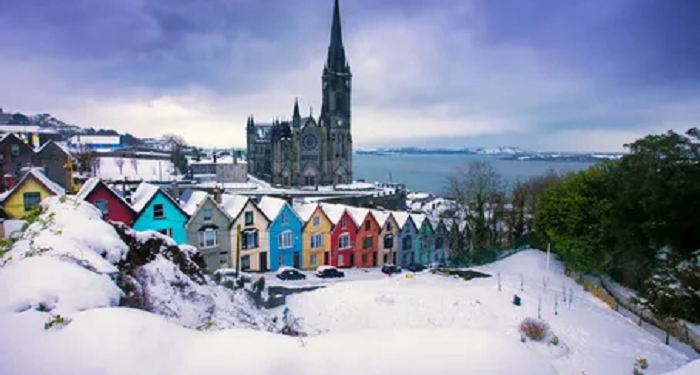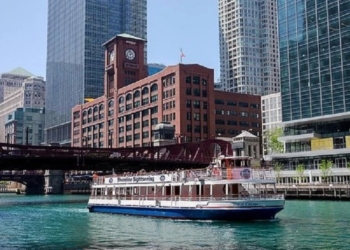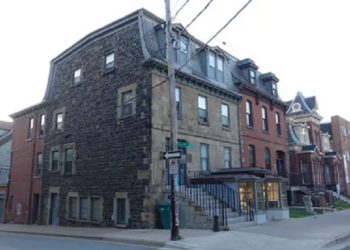Dublin is beautiful at any time of the year, but in autumn and winter tourists who are accustomed to a comfortable temperature should stock up on warm clothes.
It will be needed not only on the street, but also indoors — the country is pretty poorly heated. The Irish have been tempering children since childhood. Office clerks flaunt without coats in winter, and at seven to eight degrees Celsius, when it rains and a strong wind blows, you can meet schoolchildren walking in shorts or skirts, white knee socks and light jackets.
Meanwhile, tourists are buying scarves, gloves, hats and pullovers made in the traditional Aran technique for Ireland (it is also called Celtic knitting). Woolen products that are somewhat rough to the touch really save from the cold.
Now you can go outside the city. 60 km from Dublin is the valley of Glendalough — the “valley of two lakes”. Hiking trails have been laid throughout the park. Quaint forests, crystal streams, the emerald mountains of Wicklow, as well as an abandoned Celtic cemetery create a special atmosphere.
These places are associated with the Irish saint Kevin of Glendalough. In addition to ordinary tourists, dozens or even hundreds of pilgrims come here every day to look at the ruins of the monastery founded by him in the middle of the V century. It was rumored that Kevin had previously found a cave in the depths of the Wicklow Mountains and spent several years in prayer and austerity in it. After that, he began to work miracles.
Back to Dublin. It is worth visiting the National Gallery and the National Museum, admission to which is free, as well as St. Patrick’s Cathedral, built at the end of the XII century — the epitome of English Gothic.












